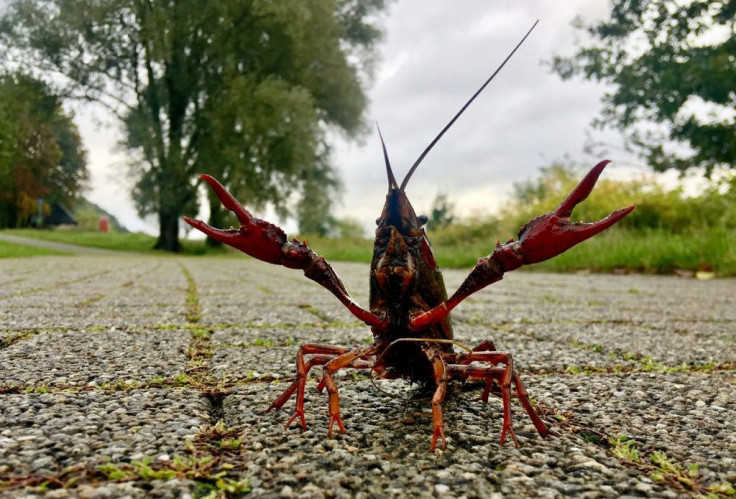Rare Creature Thought To Be Extinct Rediscovered In 2,500-Foot Cave
A small, rare crayfish thought to be extinct for 30 years has been rediscovered in a cave in the city of Huntsville, Alabama, by a team of researchers.
Matthew Niemiller, an assistant professor at the University of Alabama in Huntsville (UAH), and his team were snorkeling in the depths of the cave when they spotted something odd.
Within minutes, Niemiller realized it was the same creature that had not been seen in 30 years, Yahoo News reported.
"I really wasn't expecting to find the Shelta Cave crayfish," Niemiller said about his team's newly published findings. "After a couple of decades of no confirmed sightings and the documented dramatic decline of other aquatic cave life at Shelta Cave, it was feared by some, including myself, that the crayfish might now be extinct."
According to experts, the last reported sighting of a Shelta Cave crayfish was in 1988. The creature can be found only in the 2,500-foot cave that sits under the National Speleological Society (NSS) in Huntsville, the release said.
"The crayfish is only a couple of inches long with diminutive pincers that are called chelae," Niemiller said. "Interestingly, the crayfish has been known to cave biologists since the early 1960s but was not formally described until 1997 by the late Dr. John Cooper and his wife Martha."
About 115 Shelta Cave crayfish were recorded between 1963 and 1975 before the sightings drastically depleted, Niemiller said. The most recent Shelta Cave crayfish sighting was done by one of Niemiller's students in 2020.
"I had already walked ahead of the area and did not see the crayfish," Niemiller said. "Thank goodness for young eyes!"
The research into the crayfish and its habitat is limited, which is why it is unknown if it only lives in the Shelta Cave, or if it can be found in other underground areas that are inaccessible.
"No other cave system to date in the U.S. has more documented cave crayfishes co-occurring with each other," Niemiller said.
The crayfish can serve as good indicators of environmental health, like canaries in a coal mine.
"The groundwater level in Shelta Cave is the result of water that works its way naturally through the rock layers above the cave – called epikarst – from the surface," Niemiller said. "However, urbanization in the area above the cave system may have altered rates at which water infiltrates into the cave and also increased rates of pollutants, such as pesticides and heavy metals entering the cave system."






















